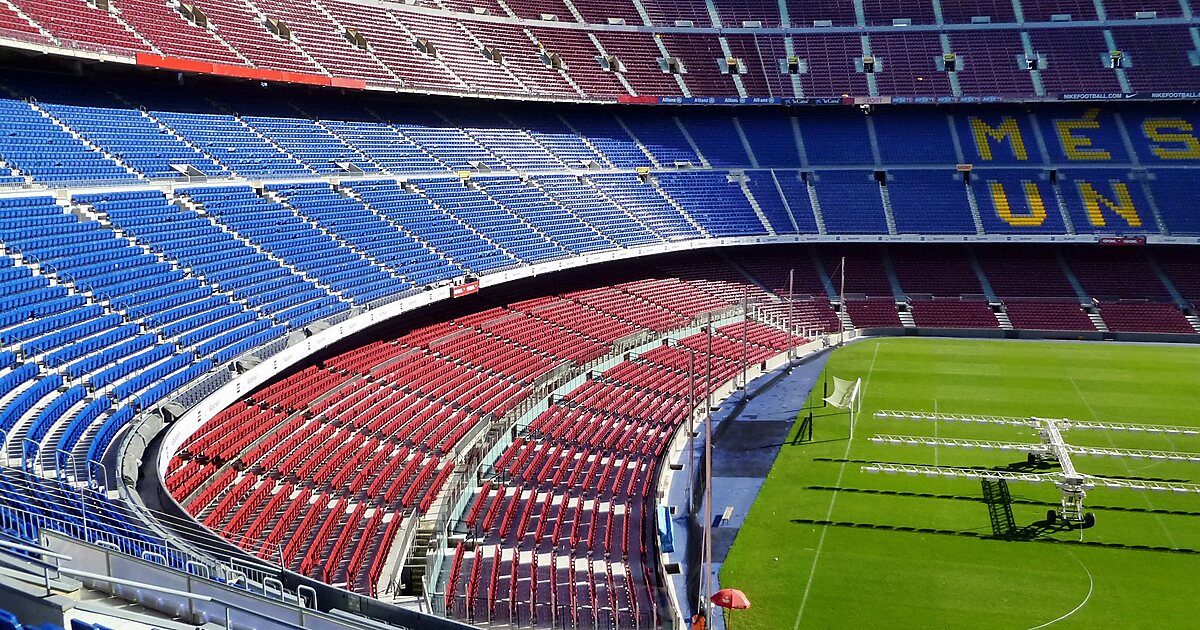
Camp Nou Stadium in les Corts, Barcelona, Spain Sygic Travel
A unique city council was set with Sarriá. At the same time, the lands are located under the road known as Travessera de les Corts bacame a part of the Sants area. In 1822, during the Constitutional Triennium, Les Corts obtained a City Council but it was "absorbed" by the city of Barcelona in 1897.

BARCELOFÍLIA CAMP DE LES CORTS. FC BARCELONA. (19221966)
The Jardins de Magalí, now a park full of palm trees surrounded by blocks of flats, used to be the site of Barça's old ground, which grew with the club. Urban spaces. The former Camp de les Corts was the FC Barcelona stadium between 1922 and 1957. In fact, it is the second stadium in the club's history, prior to Camp Nou, and after the.

Distrito de Les Corts Barcelona Film Commission
Districts of Barcelona, Les Corts (District 4) coloured red. Les Corts (Catalan pronunciation: [ləs ˈkoɾts]) is one of the ten districts into which Barcelona, Catalonia, Spain has been divided up since 1984, numbered IV. It was created in 1897 out of two former municipalities: Les Corts de Sarrià and some parts of Sarrià (the remaining of which went to become the current district of.

The tiny Barcelonas. Today let's discover the neighborhood of Les Corts
Built in 1922, the Camp de Les Corts was a purpose-built stadium for FC Barcelona, replacing Camp de la Indústria. This was initially done to expand the capacity from 6,000 to an initial 22,000.. Camp de Les Corts would see Barcelona crowned as the first winners. The club's success saw a sudden and steep rise in attendances, leading to.
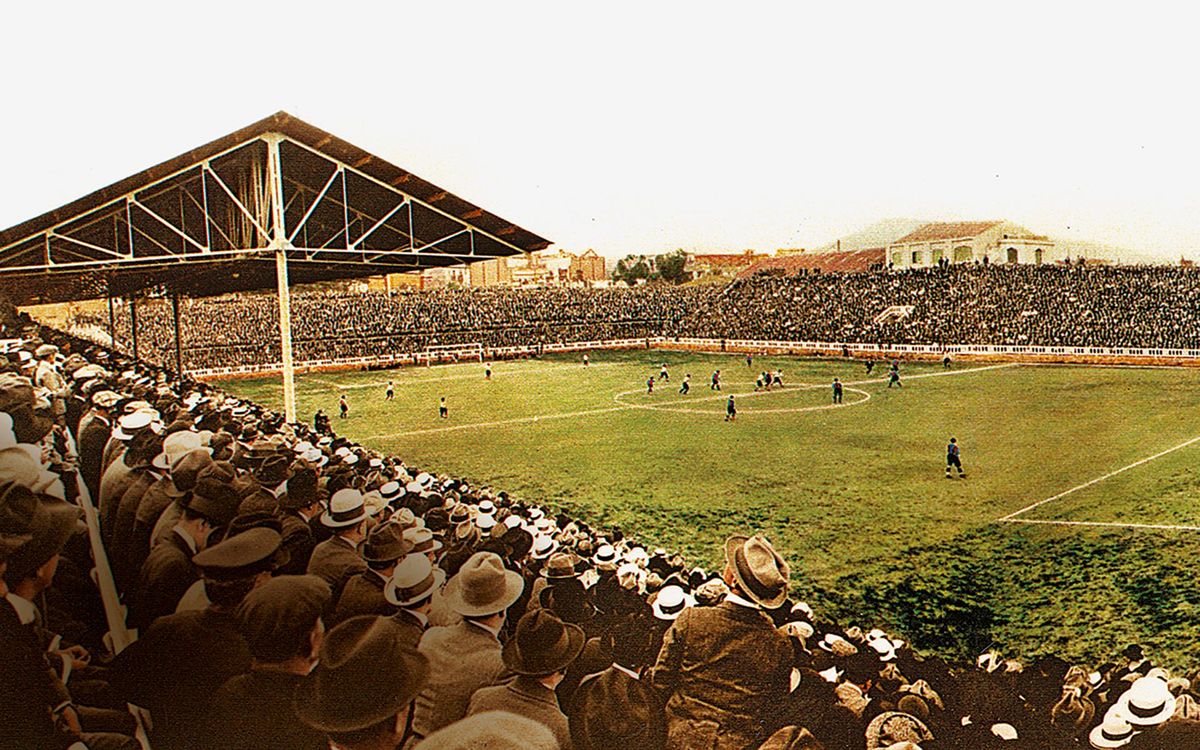
100 años de la primera piedra en el campo de Les Corts
Les Corts es perfecto si deseas alojarte en una tranquila y elegante zona de Barcelona. Qué ver en Les Corts. Aquí se encuentra el museo más visitado de Cataluña. Se trata naturalmente del Camp Nou, sede del FC Barcelona y uno de los estadios más grandes de Europa. Este emblemática atracción de Barcelona, incluye el museo del club y una.
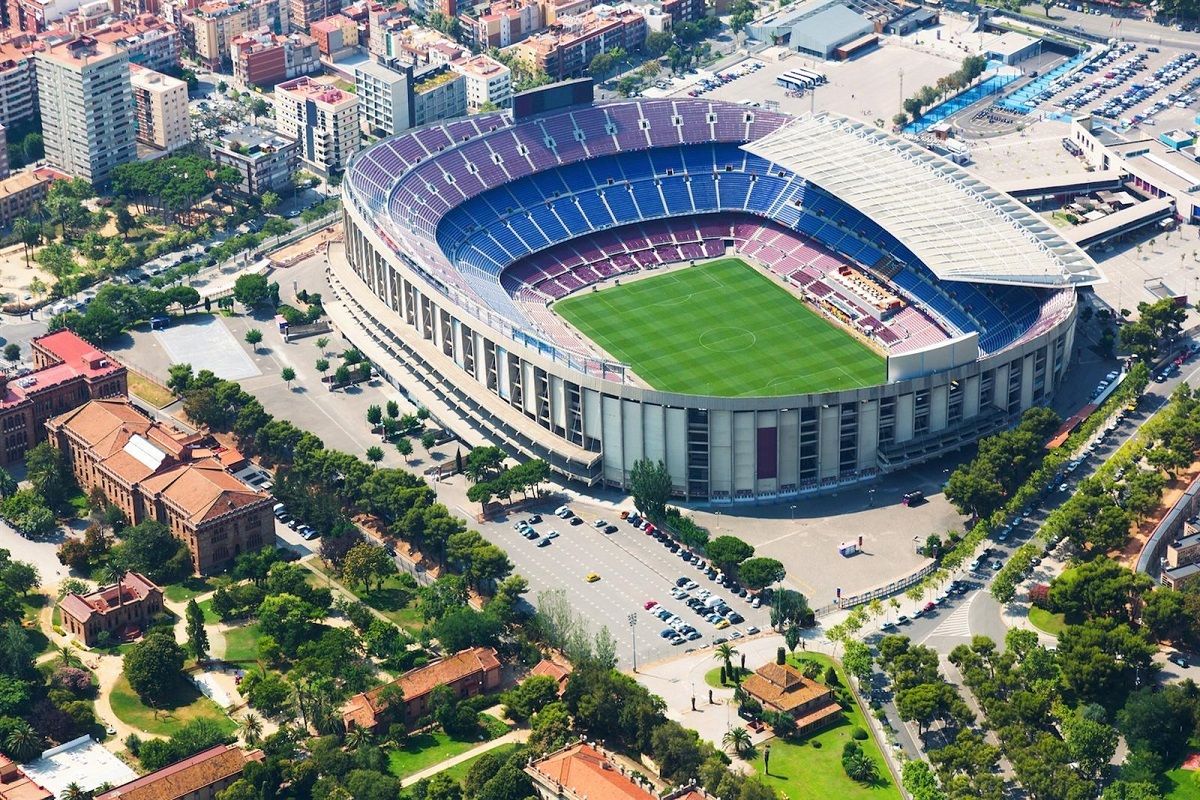
El Distrito de Les Corts Distritos de BCN Piso BCN
The stadium replaced Barcelona's previous ground Camp de les Corts, which, though it could hold 60,000 supporters, was still too small for the growing support of the club. Camp Nou initially consisted of two tiers that could hold 93,000 spectators. It was first called Estadi del FC Barcelona, but got soon referred to as Camp Nou.

Tribuna nova al Camp de Les Corts campfutbol campsfcb
El Camp de les Corts fou l'estadi del FC Barcelona entre els anys 1922 i 1957, quan es va inaugurar el Camp Nou. [1] Es trobava a l'illa delimitada pels carrers de Numància, travessera de les Corts, Vallespir i Marquès de Sentmenat, i va ser testimoni de molts dels grans èxits del club blaugrana però també d'episodis i períodes difícils.

El Camp de Les Corts, 1930, casa del Football Club Barcelona. Camp Nou
Estem a l'any 1922, quan l'esclat popular de l'afecció pel FC Barcelona ha deixat petit el camp del carrer Industria, on només s'hi poden ubicar uns 6.000 espectadors. El 8 de febrer, el fundador i president del Club, Joan Gamper, estampava la seva signatura a l'escriptura de compra dels terrenys de Can Guerra, al barri de les Corts.
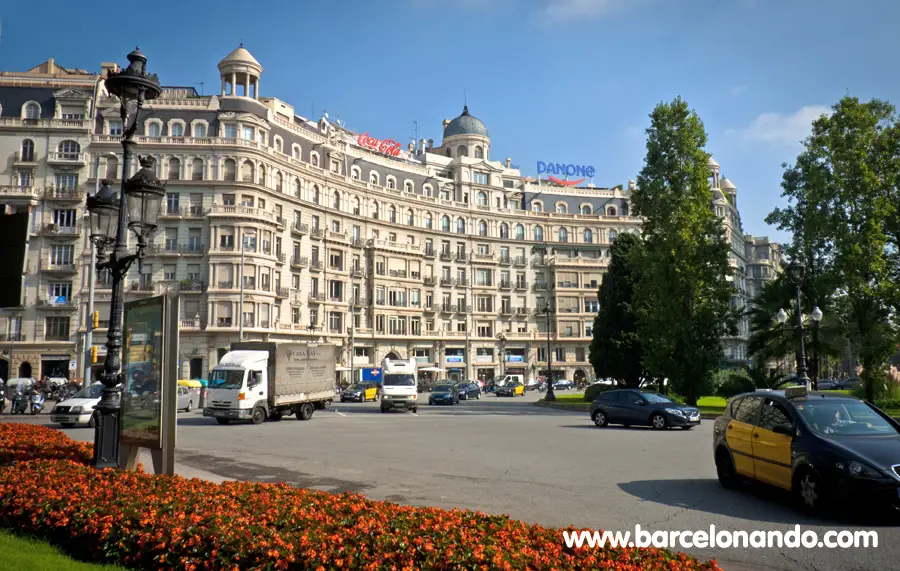
Distrito de Les Corts Un tranquilo barrio de Barcelona, hogar del
On 19 February 1922 the first brick was put into place for the stadium in Les Corts which would change the course of the Club's history. MANEL TOMÀS. 01:00am Saturday 19 Feb. Club.

BARCELOFÍLIA CAMP DE LES CORTS. FC BARCELONA. (19221966)
Camp de les Corts - Primera pedra.JPG 1,536 × 2,048; 1.35 MB. Camp de les corts 1930.jpg 400 × 277; 96 KB. Camp de les Corts. Aniversario Academia Granés. 25 de abril de 1964. 12.jpg 1,241 × 845; 329 KB. Camp de les Corts. Aniversario Academia Granés. 25 de abril de 1964. 13.jpg 1,236 × 846; 216 KB. Camp de les Corts.
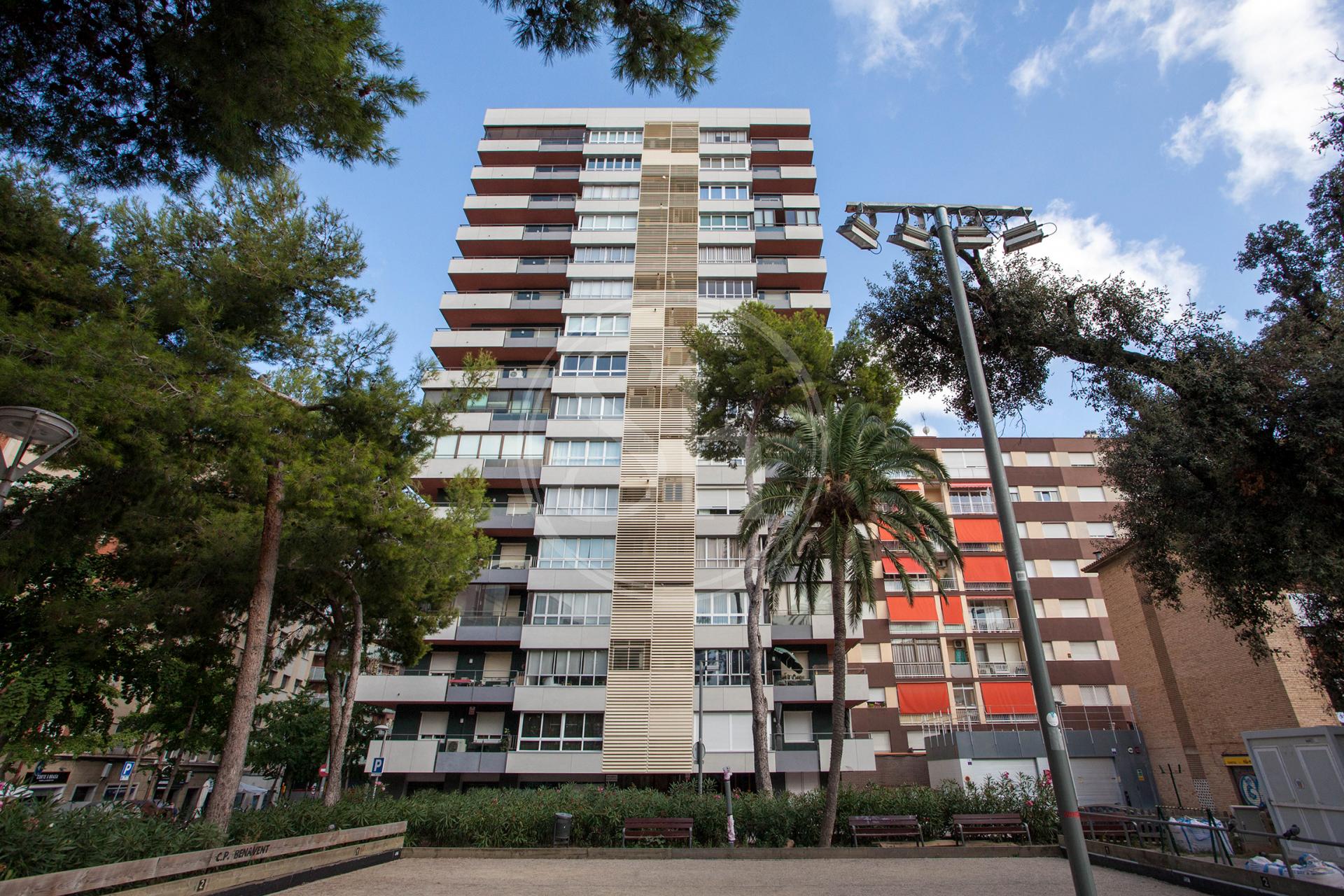
Piso en Alquiler Barcelona Les Corts Travessera De Les Corts Nou Camp
Description. Camp de Les Corts was the second home stadium of FC Barcelona. It served the club from 1922 until the club moved to Camp Nou in 1957. After FC Barcelona had moved from ground to ground in the first ten years of its existence, it finally got a permanent home in 1909 in the form of Camp del Carrer Indústria.

Un vestigio vivo de Les Corts
Les Corts — Home to FC Barcelona's Camp Nou stadium. Les Corts is located in the west of the city. It is known for business, research, and of course the famous FC Barcelona's Camp Nou stadium.. La Plaça de Concordia along with the Church of Maria de Déu del Remei and its 40 metre tall bell is a peaceful retreat. This location also serves.

Pin en Camp de Les Corts
Barcelona Area Guide: Les Corts Barrio. The area Les Corts is a 15 minute metro ride from the centre of town and is well serviced by both Les Corts and Plaça Del Centro metro stops which are both on the green line, and the Estació Sants train station. The Sants station is a short walk from Les Corts and has direct trains to the Airport, and.

Pin on Cathedrals of Sport & Fans
El Campo de Las Corts [1] (en catalán Camp de Les Corts, y popularmente llamado Les Corts), fue el segundo estadio de fútbol de la historia del F. C. Barcelona, anterior al actual Camp Nou y posterior al Campo de la calle Industria.Entre los años 1922 y 1957 el equipo azulgrana jugó en dicho estadio, que fue testigo del crecimiento y consolidación del club.
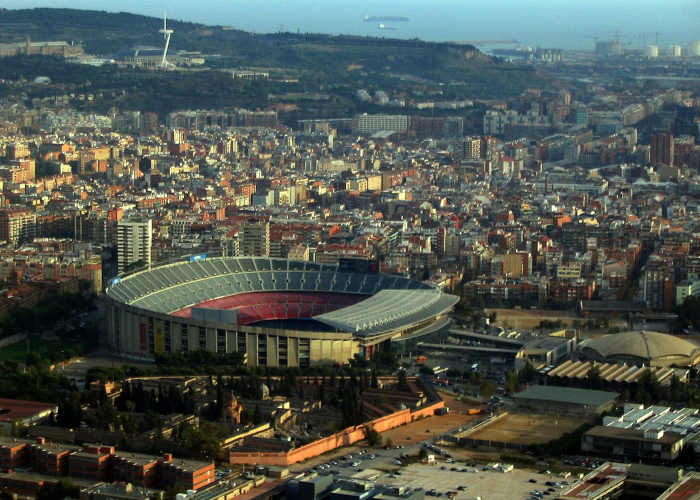
Barcelona crea seis rutas con lugares de interés histórico en el
La escultura toma como referencia el matemático y geómetra griego Euclides y su obra Elementos de geometría. Este parque ocupa parte de los terrenos de una de las ladrilleras más importantes de las Cortes: la de los Perelló, también conocida como Macián. La fabricación de tejas y ladrillos estuvo presente en las Cortes durante muchos.
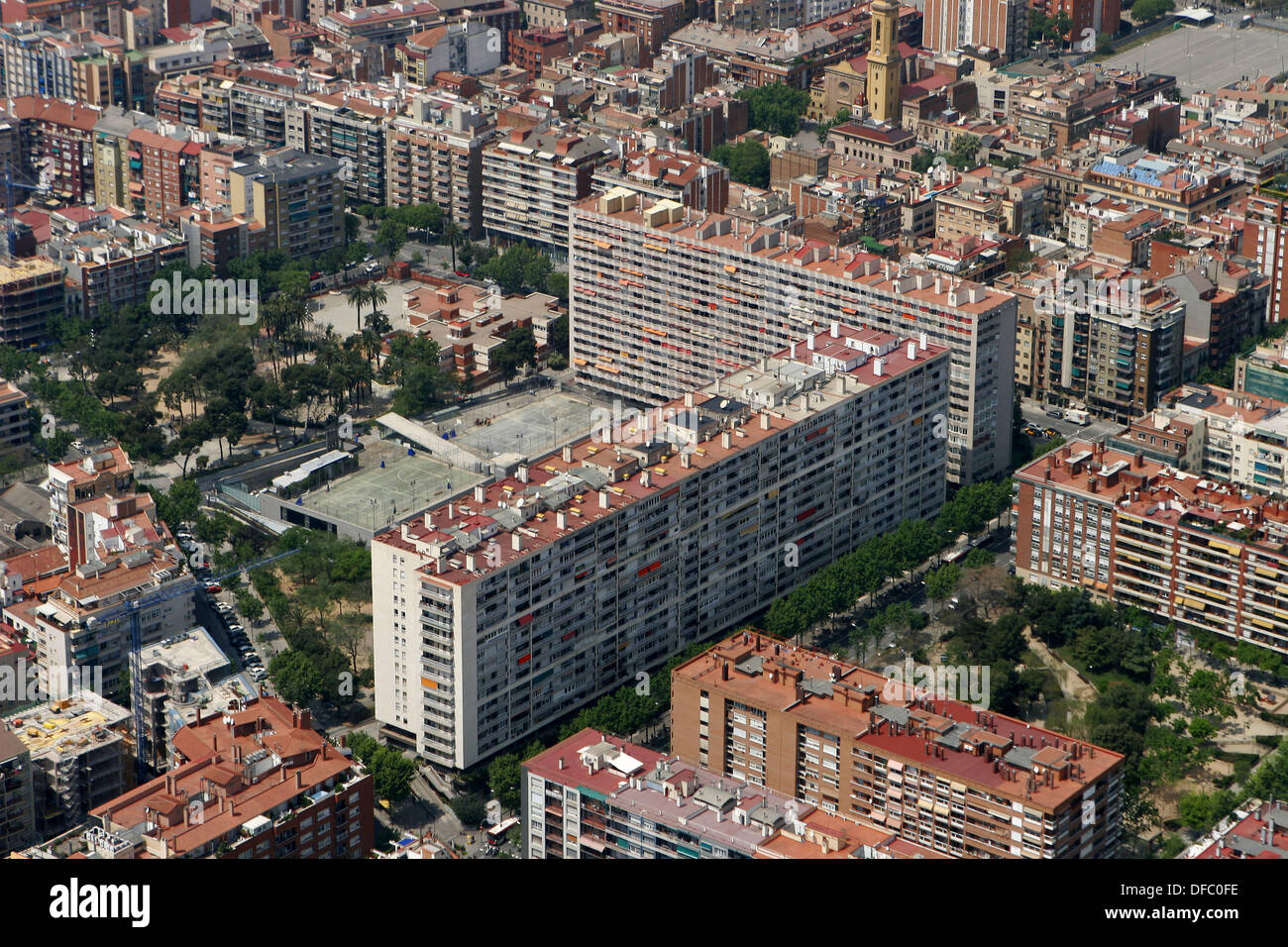
Antiguo Estadio de Futbol Club Barcelona. Camp de les Corts Fotografía
FC Barcelona (1922-1957) CD Condal (1934-1970) Camp de Les Corts ( Catalan pronunciation: [ˈkam də ləs ˈkoɾts] ), commonly referred to as Les Corts, was a sports stadium in Barcelona, Catalonia, Spain. It was the home for FC Barcelona until the club moved to the Camp Nou in 1957. It was also the home of CD Condal for the club's entire.
- Donde Se Rodo Mi General
- A Que Partido Voto El Mundo
- El Peligro De Las Buenas Compañías Teatro Opiniones
- Reemplazar Levadura Con Polvo Para Hornear
- Sentido Playa Esmeralda Hotel Fuerteventura
- Necesito Un Vestido Para Una Boda
- Halla La Altura Del Edificio
- Mecanismos Reguladores De La Presion Arterial
- Challenges Facing The Rail Industry
- Que Significa Solsticio De Verano